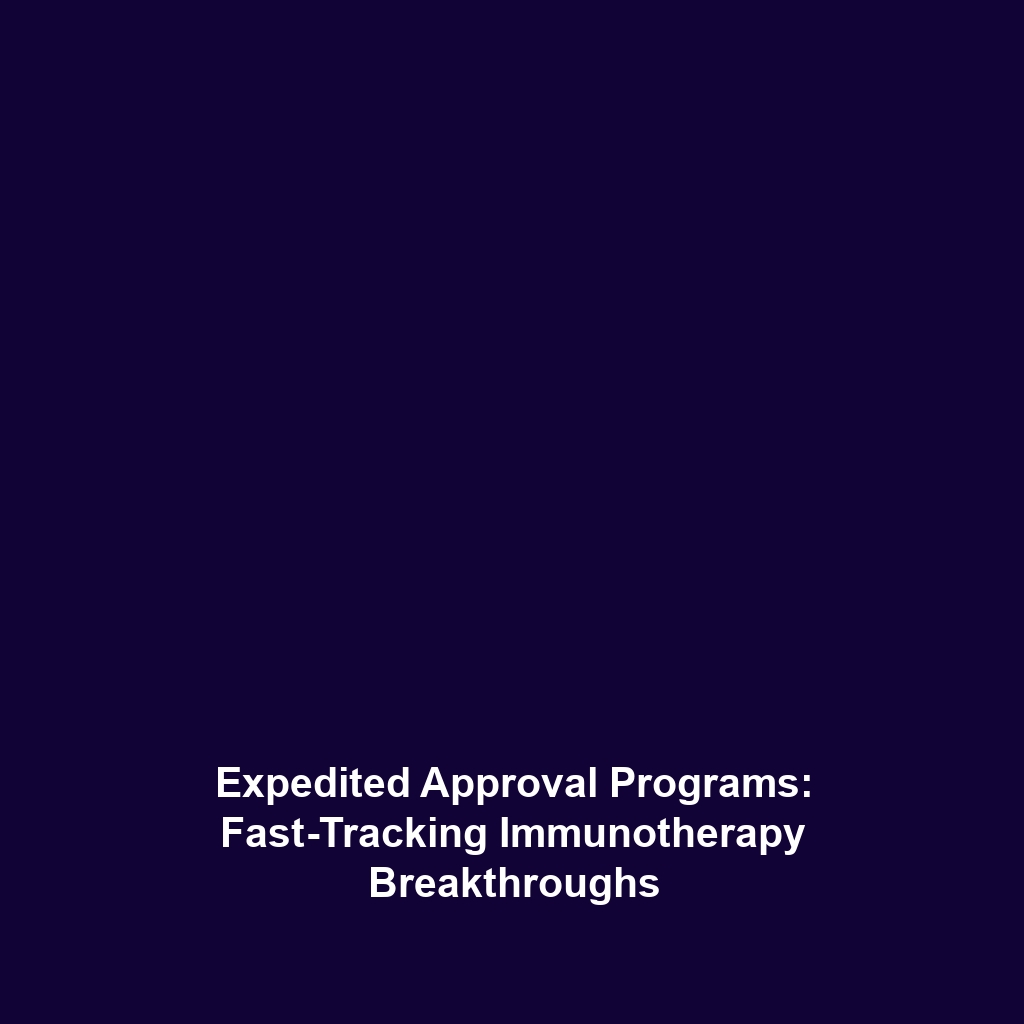Immune Surveillance: A Key Player in Immunotherapy & Cancer Treatment
The concept of immune surveillance is crucial in understanding how our body’s defenses work against cancer. This process involves the detection and destruction of cancer cells by immune cells, which is especially significant within the broader context of immunotherapy and cancer treatment. By recognizing the mechanisms of immune surveillance, researchers are paving the way for innovative therapies that harness the body’s natural defenses, offering hope to millions facing cancer diagnoses.
Key Concepts of Immune Surveillance
Immune surveillance refers to the ongoing process by which the immune system identifies and eliminates malignant cells. Here are some key principles:
- Recognition: Immune cells, particularly T cells and natural killer (NK) cells, have the ability to recognize abnormal cells that express unique tumor antigens.
- Response: Upon recognition, these immune cells mount a targeted attack to destroy cancer cells, a process crucial for preventing tumor development.
- Memory: Some immune cells develop memory after an encounter with cancer cells, enabling a quicker and stronger response to future threats.
Understanding immune surveillance is integral to the field of immunotherapy, where treatments are designed to enhance the immune system’s ability to combat cancer cells.
Applications and Real-World Uses
Immune surveillance has several real-world applications in treating cancer, particularly through advancements in immunotherapy. Some notable examples include:
- Checkpoint Inhibitors: These drugs block proteins that inhibit immune responses, allowing for enhanced detection and destruction of cancer cells.
- Cancer Vaccines: Therapeutic vaccines are designed to stimulate the immune system to recognize and attack cancer cells more effectively.
- CAR T-cell Therapy: This innovative treatment modifies a patient’s T cells to improve their ability to recognize and eliminate cancer cells.
These applications illustrate how immune surveillance is used in immunotherapy to provide new therapeutic options for cancer patients.
Current Challenges
Despite the promising avenues in immune surveillance research and application, several challenges remain:
- Understanding the complexity of tumor microenvironments, which can inhibit immune responses.
- Addressing tumor heterogeneity that complicates the immune detection process.
- Managing adverse effects of immunotherapy that can arise from overactive immune responses.
These challenges of immune surveillance highlight the ongoing need for research and innovation in the field of immunotherapy and cancer treatment.
Future Research and Innovations
The future of immune surveillance holds great promise, with ongoing research exploring innovative strategies:
- Novel Biomarkers: Identifying new biomarkers to improve the prediction of immune responses in patients.
- Combination Therapies: Developing therapies that combine immunotherapy with traditional treatments for enhanced efficacy.
- Personalized Immunotherapies: Tailoring treatments to individual patients based on their unique immune profiles.
These advancements signify a shift towards more effective and targeted immunotherapy solutions, ushering in a new era for cancer treatment.
Conclusion
In summary, immune surveillance plays a pivotal role in detecting and destroying cancer cells, reflecting its relevance in immunotherapy and cancer management. As research continues to unravel the complexities of the immune system, the possibilities for innovative cancer therapies are expanding. For further reading on related topics, check our articles on Checkpoint Inhibitors and CAR T-cell Therapy.









